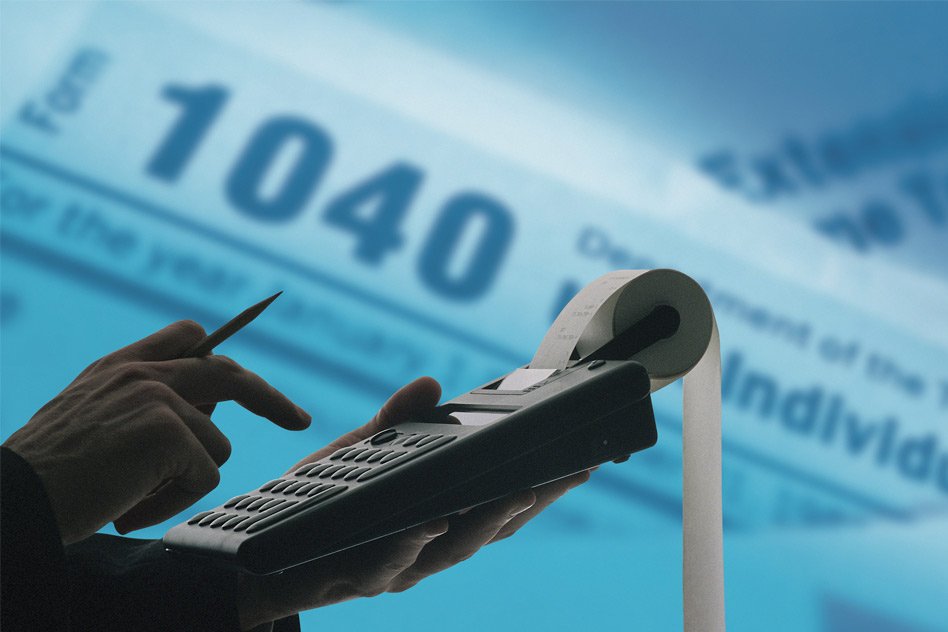Image Courtesy :consultlane
The Goods and Service Tax (GST) Bill is one of the main items on the finance agenda of the NDA government. Its introduction would be a very significant step as it is expected to raise India’s GDP by up to 2 percent. The bill has already been passed in the Lok Sabha and is awaiting its passage in the Rajya Sabha. We have summarized the features of the bill as follows:
Provisions of the bill
• The GST bill aims to introduce a goods and services tax (GST) which will subsume various indirect taxes, including Central Excise Duty, Countervailing Duty, Service Tax, state value added tax (VAT), octroi, entry tax, luxury tax, etc.
• The tax will be collected at one step only, instead of at every step of the supply chain. Under GST, goods and services are treated as equals and are taxed similarly.
• Parliament and state legislatures will have concurrent powers to make laws on GST. The GST Council will consist of the Union Finance Minister, Union Minister of State for Revenue, and state Finance Ministers.
• The GST Council will recommend rates of tax, period of levy of additional tax, principles of supply, special provisions to certain states, etc.
• The Bill empowers the centre to impose an additional tax of up to 1% on the inter-state supply of goods for two years or more. This tax will accrue to states from where the supply originates. In other words, inter-state trade would be more expensive than intra-state trade.
• Alcohol for human consumption has been exempted from the purview of GST. GST will not apply to five petroleum products as of now, and will be imposed at a later date.
• Parliament may, by law, decide to provide compensation to states for any loss of revenue from the introduction of GST, up to a five year period.
Under an ideal GST regime, norms of tax collection are simpler and the mechanism is more robust. Ideally, it results in a better tax compliance and higher revenue collection.










